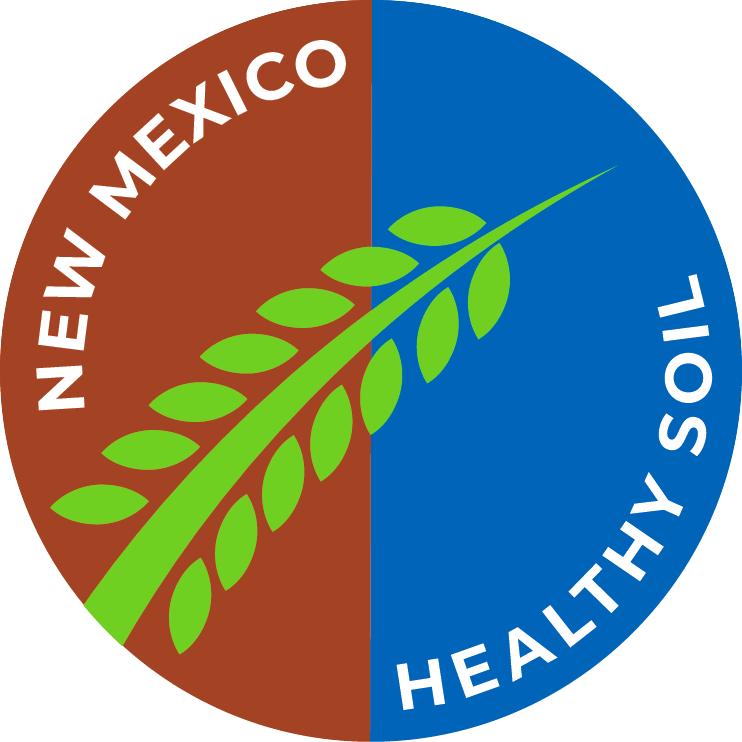Grazing can be a powerful tool for improving soil health and productivity on pasture, rangeland or cropland
Rangelands in the Southwest evolved together with large herds of ungulates such as antelope, elk and bison, grazing in compact groups to avoid predation. These herds would “mob graze” an area and then move on, not returning until the next year. This intense but brief disturbance creates minimal soil compaction while stimulating plant regrowth during the long period of healing and regrowth. It is also important for the germination of seeds and nutrient cycling.
Ranchers or contract grazers today mimic the beneficial predator-influenced herd migrations of wild ruminants by intensively grazing small paddocks for a brief duration. With Adaptive Multi-Paddock (AMP) grazing –also called planned grazing, mob grazing or cell grazing– there is no preset schedule. It is based on reading the conditions of the land and forage, assessing the needs of the livestock, and planning the grazing appropriately. Adaptive grazing management is looking at how native ecosystems function and mimicking it with domesticated animals.
Adaptive grazing can work in any system whether it is perennial grasses or annual cover crop forages.
What are the benefits of planned grazing?
- Fall or winter grazing converts high carbon annual crop residue to low carbon organic material; balancing the carbon/nitrogen ratio and managing crop rotation residue for no-till seeding.
- Spring or summer grazing, annual and/or perennial plants, with short exposure periods followed by long recovery periods; allows the plants to regrow and harvest additional sunlight and CO2.
- Reduces nutrient export from our cropland and hayland fields, recycling the majority of nutrients, minerals, vitamins, and carbon.
- Aids in weed pressure management.
- Grazing cover crops and/or crop residues allows livestock to be taken off perennial grasslands earlier in the fall, extending the grass recovery period, and providing a higher nutrition diet for livestock.
- Grazing reduces livestock waste associated with confinement; helping manage our water quality and nutrient management concerns.
- Allowing cattle and sheep to be herbivores by securing their energy needs from plants.
How do we return livestock to cropland?
- Fall and Winter grazing of cover crops and annual crop residues.
- Summer grazing of full season cover crop, allowing adequate plant recovery, followed by a second grazing during the fall or winter.
- Winter feeding on hayland fields by rolling out bales or bale grazing.
- Seeding rotational perennials, grazing and managing them as part of the crop rotation.
What is targeted grazing?
Targeted grazing is an effective vegetation management tool that can be implemented to impact invasive weeds, enhance habitat restoration efforts, or reduce fuels to lessen wildfire hazard. It can be more cost-effective on landscapes that are steep, rocky, or remote, or in the urban-wildland interface. Targeted grazers, aka contract grazers, are paid by a landowner or land manager to bring their animals, infrastructure (such as fencing and water), and expertise to a property to implement a planned grazing program.
What type of livestock is best suited to graze my property?
This depends on the type of vegetation and forage, your goals as well as the terrain. Cattle and sheep tend to prefer grasses and forbs, while goats like leaves and shoots of shrubs and trees in addition to grasses and forbs. Generally, cattle and horses do best on gently rolling ground, whereas sheep and goats readily graze on steep slopes. Consideration of the site characteristics and vegetation management goals (for example fire mitigation or weed control) is essential when selecting the appropriate species for the job.
